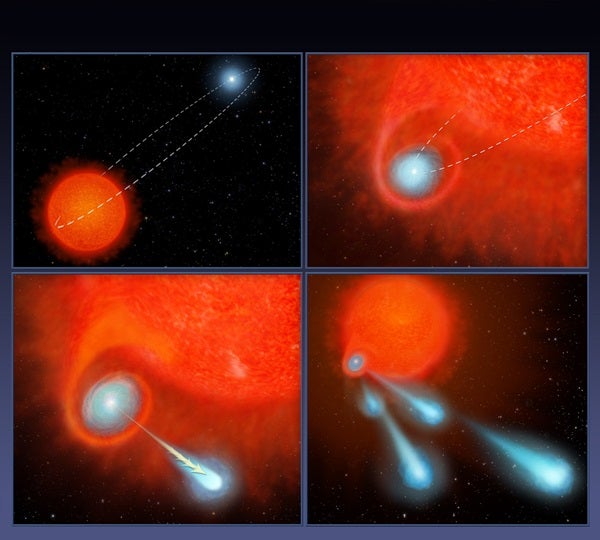NASA’s Hubble Telescope found superhot blobs of gas twice the size of Mars being ejected near a dying star.
The plasma balls are moving so quickly that it would only take about half an hour for them to go from Earth to the Moon. Astronomers think this stellar “cannon fire” has been happening once every eight-and-a-half years for the past 400 years.
Astronomers are trying to solve the mystery of where these fireballs came from, but their best explanation is that they came from an unseen companion star. The companion star is in an elliptical orbit. As it entered host star V Hyrdrea’s outer atmosphere, it eats up material, which is then turned into a disk around the companion star. The disk becomes a sort of launching pad for the plasma balls.
Raghvendra Sahai of NASA’s Jet Propulsion Laboratory and lead author of the study said in a press release that this discovery was the first time they witnessed this process and is helpful in seeing the structures in planetary nebulae.
Sahai and his colleges made a model of the companion star with an accretion disk to better explain the presence of bipolar planetary nebulae, knotty jet-like structures in the objects, and multipolar planetary nebulae.
Sahai explains that “red giants don’t have accretion disks, but many most likely have companion stars, which presumably have lower masses because they are evolving more
slowly.”
The team hopes to use Hubble to observe the V Hydrae system and the Atacama Large Millimeter/submillimeter Array (ALMA) to study previously launched blobs that are too cool to be seen with the Hubble.
These results also appeared in the August 20, 2016 issue of the Astrophysical Journal.










